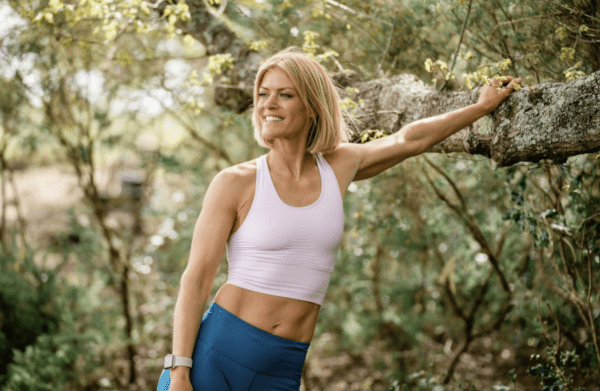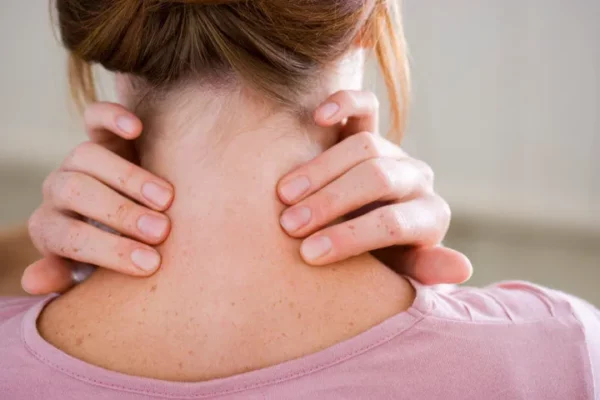
Become More Mindful and Slow Down with Easy to Follow Breathing Techniques
We all breathe. It is the first thing and last thing we will do in our lives, and literally every moment in between, we are breathing. Breath is linked to life itself. So why is it important to learn about, become conscious of and train our breathing when it will just continue anyway?

In support of Mental Health Awareness week taking place May 14th-20th, we have worked with the lovely Mollie McClelland Morris, a leading London based Yoga and Mindfulness teacher with more than 16 years experience! Mollie shared with us why breathing correctly is paramount to living a healthy, happy life and how breathing can help us be more mindful and more connected in our day to day lives.
1. Connection of breath to nervous system/stress
Breathing is both a conscious and unconscious activity. In that way it is both a participant and an agent of the autonomic nervous system, which controls the aspects of our bodily functions beyond our conscious control. The autonomic nervous system has two aspects, the sympathetic nervous system, our flight/ fight or freeze response which prepares us for activity, and the parasympathetic, which is responsible for our rest and digest states.
A faster breath is both symptom and cause of the sympathetic nervous system. So, by slowing down the breath, and dropping into the parasympathetic nervous system, we receive the benefits, both immediate and long term, of reduced stress including the good feeling of relaxation, better sleep, digestion, creativity and reflection.
2. Correlation between breathing and health
In the modern world, we operate predominantly in the sympathetic nervous system, often in an overstimulated or stressful way. Some doctors and researchers believe that almost every health issue has a stress related component.
There is growing scientific evidence that specific breath techniques can improve health. This is clear in stress related conditions, like PTSD, but also in other types of disease.
In the flight, fight or freeze state, the body prioritises action over healing, so our immune system function is suppressed. Breathing has been shown to affect metabolism, insulin secretion and inflammation, which are all linked to health and disease.
3. Connection of breath to mindful awareness
Learning to “calm the mind” is one of the hardest, and most fundamental aspects of yoga and meditation. The nature of the mind is to think, so it is obvious how big a challenge this is. To “calm the mind”, is to connect to our feeling sense. It seems that when we are observing feeling, our thoughts have less pull over us (not that they stop!)
Our bodies are designed for efficiency, so when a part of the body is consistent or still, it is more difficult to bring in awareness. But the breath is always moving. As an object of meditation, it can be an access point to awareness of the physical body.
The breath also mirrors the emotional state, for example a short, high breath is both cause and effect of anxiety. The act of witnessing and focusing on the qualities of the breath cultivates mindful awareness.
Breathing is one of our bodies most basic functions, and most essential to life. An efficient breathing practice has many health benefits, from toning the abdominal muscle wall in a dynamic way, to improving immune and brain function. You can do this “training” anywhere and any time, and you will benefit you even when you aren’t concentrating on it.
Some breathing techniques to try:
* Full yogic breathing (belly breathing) – The torso has two main sections, with the diaphragm muscle as the divider. Above are the diaphragm are the lungs and heart and below, the belly, with the remaining organs. When we inhale the diaphragm muscle shortens and moves down. This increase in pressure pushes down on the organs, which move down and out into the abdominal wall. This is why the belly moves out on a deep breath. If we inhibit this movement (consciously by holding the belly in, or unconsciously through habitual movement patterns), we inhibit the quality of deep breath. Belly breathing is partially about letting the diaphragm and abdominal muscles work to breathe efficiently.
Try this one lying on your back in a comfortable position, with your hands on the belly. Notice the hands rise and fall with the breath, but do not force them. You can also do this sitting, but if you cannot sit with good posture, you will limit the possibility of breathing in this way.
* Sama vritti pranayama – “equal wave breathing” in this technique, we aim for inhale and exhale of equal duration. You can add in pauses after inhale and exhale to create a 4 phase breath: inhale, pause, exhale and pause. In sama vritti pranayama, all of those phases should be the same length of time. Start with a count of 1 or 2 and build up to a sustainable pace. Notice what this breathing pattern does for the mind and body.
* Sitali pranayama – Considered a cooling breath, the exhale is done through a rolled tongue (edges folded up to create a tube). Not everyone can do this, so using pursed lips is possible. When you breath out like this, the breath usually feels cool to the skin. Take inhale and then exhale slowly and steadily. Do this for a few minutes at a time, and notice the changes to the mind and body.
















































